
Northpass is now Gainsight Customer Education.
For all of the latest on our customer onboarding and training solutions, check out Skilljar by Gainsight.
The What, Why and How of Customer Adoption
Northpass is Recognized as a Leader in Customer Education
Take a Tour of Northpass
Northpass is the LMS companies like BambooHR, Freshworks and Shopify use to create industry-leading customer education programs.
Ready to Rumble? Let's Find Your LMS.
Download this Customer Education RFP to find the perfect LMS to power your program.

.png?width=3251&height=1107&name=NP_ByGS_ColorLogo%20(1).png)
